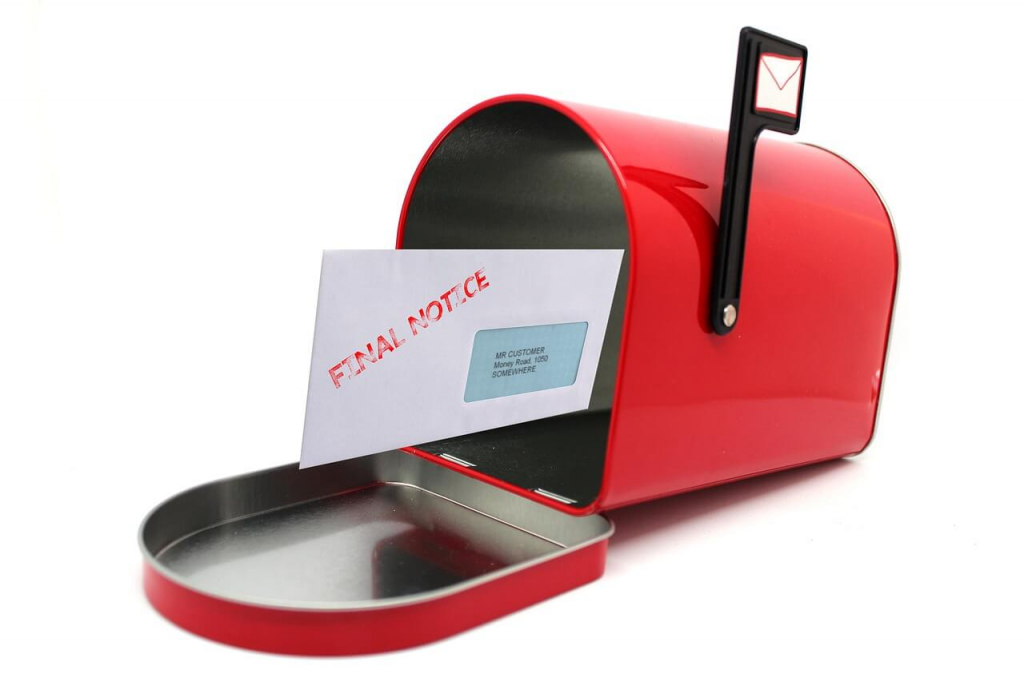Many people might think that evicting a tenant is an easy job for a landlord. What they don’t know is that it is a very stressful process even for them. Of course, they do not want to evict a tenant as much as possible. They will lose their income if they do. Not to mention the pressure of finding new tenants as soon as possible.
However, there are instances that they have to evict a tenant because letting them stay may also lead to a financial problem or property damage. Landlords will probably give them multiple chances before considering eviction, but if the tenant continuously breaches the contract, it may be time to let them go.

Inexperienced landlords may seek the help of residential rental agents, such as yourself, on how to do the correct and legal way of evicting tenants because they would need you to help them fill in the vacancy afterward.
First step: Determine the reason
There can be a lot of possible reasons why a landlord would evict a tenant. The main thing to remember is to find a legal and valid one. The landlord cannot evict a tenant just because he feels like it or they do not agree on some things not related to their rental.
The landlord is also not allowed to evict a tenant because of differences in religious beliefs and political views. They should not abuse their authority as landlords. The legal reasons for evicting tenants are clear violations of the lease agreement. Here are the common examples:
• Irreversible damage to the property
• Continuously paying rent late
• Unable to pay rent
• Utilizing the property for illegal trades
• Causing disturbance or problems to the neighbors
• The apparent violation of the policies stipulated in the contract

Step Two: Sending Out Notices
The tenant has the right to be made aware if they are on the brink of being kicked out of their homes. The landlord is required to send them a notice of this. There are different types of notices, and they should receive the appropriate one.
The landlord may give notice to the tenant to resolve the issue, or else they will be evicted. There are state laws that you can based on regarding the length of time a tenant has to address the problem.
For example, the tenant has been letting a long-term guest stay beyond the allowed time, that they have become an unofficial tenant. The landlord can give them a month, or depending on what the state law allows, to do something about it. They can either require their guest to leave the property or have them sign the lease agreement and become an official tenant.

Step Three: Eviction
When all else fails and the tenant is still unwilling or unable to fix the problem, the landlord can proceed to send out an eviction notice. There is a correct way of giving notice:
• It must be written
• Complete and correct details of the tenant must be stated
• Signed by the landlord with the date
• The reason for evicting the tenant is stated
• Delivered on the day the lease is terminated or the date they are supposed to leave the property
• A copy is kept as proof
The landlord should know the proper steps to take, and since you are knowledgeable, you can advise them on what to do. You will be able to assist them and help them avoid legal issues regarding evicting tenants and help them avoid common mistakes that make landlords lose eviction cases.
Once the tenant gets evicted, you can start filling in the vacancy by publishing a listing on platforms like Padleads where you can syndicate the listing to other high-traffic websites.